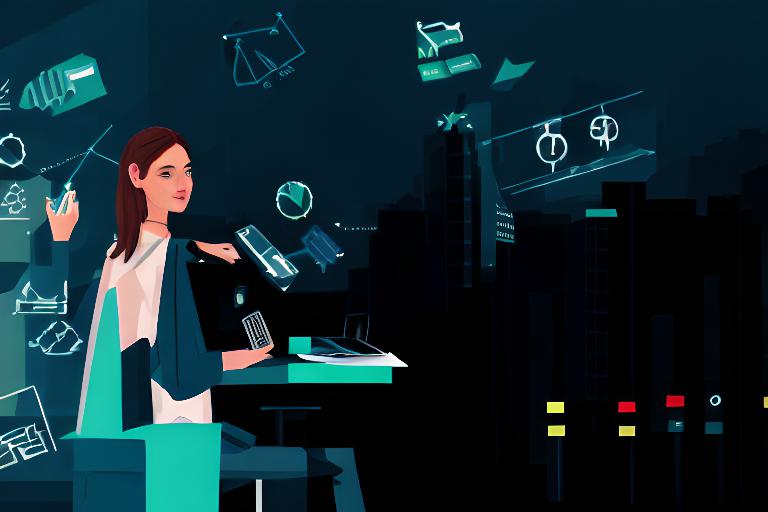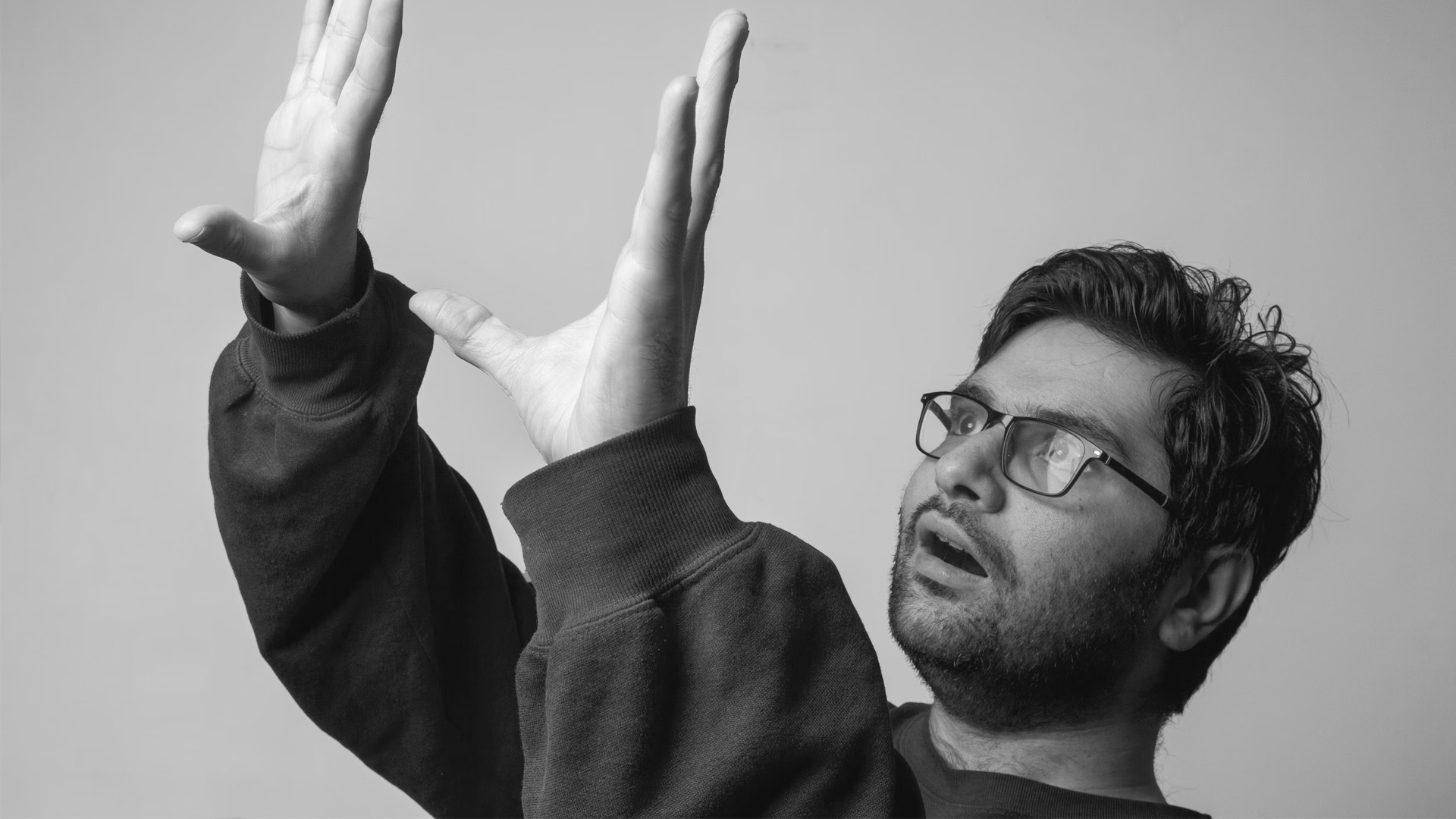There’s no doubt that the most important element of Unlimited B2B is well-thought-out, creative output. For many years, we’ve developed and refined processes to produce the best results, while celebrating the distinctly human trait of creativity.
However, with the accelerated rise of AI, it’s time for this process to change. Now, new tools and approaches are becoming available all the time. And while they certainly won’t replace human creativity any time soon, they can certainly be beneficial in delivering better results, faster than ever before.
One tool we’ve been getting familiar with recently is Runway. This AI-powered creativity tool is helping to streamline many elements, so our designers have more time to make refinements and perfect their work. It’s already gained significant acclaim for its role in the creation of Everything Everywhere All at Once and, frankly, if it’s good enough for an Oscar Best Picture, it’s good enough for us too.
So, what are we using it for?
Time saving
Instant green screens, rapid image adjustment, even quick custom animations from static imagery. Runway is helping our creative team to build a solid base for assets so much faster. Using Runway almost feels like using a custom piece of flatpack furniture. You have your basis; you just need to put it together and make it as great as possible. You don’t have to carve all the pieces out yourself. That saves us time, money and genuinely leads to better overall results.
Concepting
Creating a range of interesting and varied concepts is one of our favourite things to do. With Runway, we can create more outrageous, exciting, visually different and challenging concept imagery than ever before. And we can do it in half the time.
Whether creating visuals from text, converting imagery to a different art style, or making simple refinements, Runway allows us to create concepts that capture imagination in a fraction of the time. And while these creations might not be refined enough for a finished product, they get the message across to clients quickly and efficiently, while also enabling new possibilities for our design team.
Pushing boundaries
Some design techniques simply aren’t possible within constrained budgets, or limited time. That was true, but it’s now being challenged by AI tools like Runway. Now, previously cost-prohibitive techniques are becoming available for some of our clients, while the upper limits of what’s possible are also on the move. That’s simply down to the time-saving nature of Runway, combined with the features that encourage our designers to think differently. You can try different art styles and mediums in a fraction of the time it’d otherwise take to develop alternatives. That gives us more options, and our clients better results.
Fun
When you’re working hard, it can be easy to forget that the core of good creativity is often having some fun. Runway has proven to be a great way for our designers to cut loose and try something a bit strange. For instance, they could use it to imagine Kermit the Frog in renaissance paintings, or turn their colleagues into claymation creations, all from their desks, without days of extreme effort. That’s entertaining, it develops new skills and helps with creative thinking. We enjoy the results, and so do they.
What’s next?
It feels like we’re on the cusp of something very exciting with AI. It’s enabling new possibilities and evolving at an incredible rate. To be at the cutting-edge of creative design, you need to embrace that and make the most of it. Which is why we’ll continue to do exactly that. I can’t wait to see what the future has in store.

